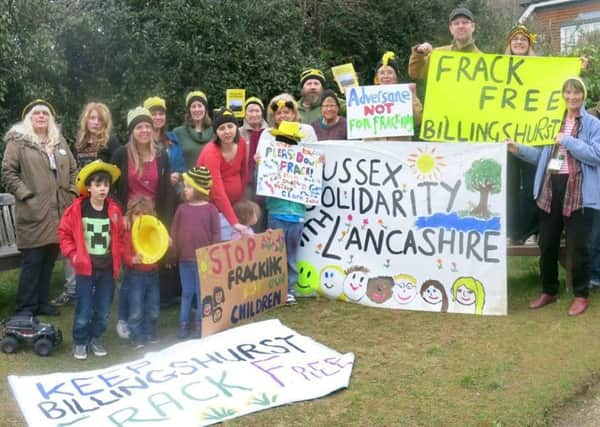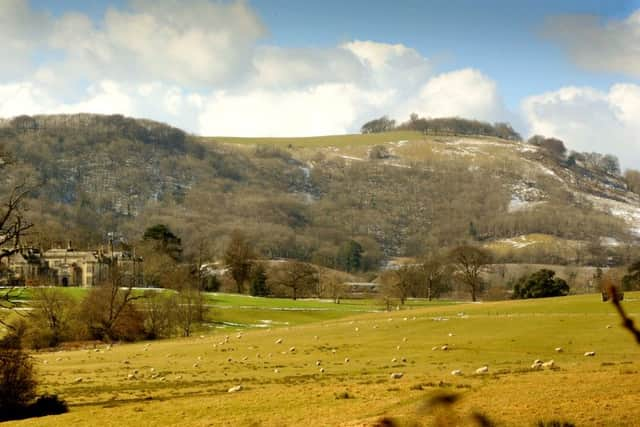Environmentalists react to geologists’ South Downs fracking research


Last week scientists at Durham University’s Department of Earth Sciences said the South Downs was one of four of the UK’s 15 national parks, where hydraulic fracturing, known as fracking could be carried out.
Fracking is the process by which pressurised water and chemicals are blasted into shale rocks to release gas and oil trapped.
Advertisement
Hide AdAdvertisement
Hide AdIn a bid to ‘provide clarity’ into the fracking debate the scientists assessed each area according to their rock type.
While they found most of the national parks were unsuitable, fracking was considered ‘possible’ in the South Downs National Park along with the North York Moors, Peak District and Yorkshire Dales.
Report author Dr Liam Herringshaw said: “The geology of the UK is well-known, so we can examine which national parks are potential targets for fracking, and which national parks can be ruled out.
“Some national parks have no shales or coal within them or adjacent to them, so are of no interest to fracking companies.
Advertisement
Hide AdAdvertisement
Hide Ad“Many other national parks do contain shales or coal, but their nature means that they are unlikely to yield economic quantities of oil or gas.


“We hope that this review of existing information about the geology of the UK’s national parks will help provide all sides involved in the fracking debate with some clarity about the potential for fracking in these areas, which currently appears to be lacking.”
Oil and gas exploration by Celtique Energie near Wisborough Green and Cuadrilla at Balcombe have prompted by members of anti-fracking groups.
They say their experts disagreed with the Durham scientists’ conclusions.
Advertisement
Hide AdAdvertisement
Hide AdA spokesman for Keep Kirdford and Wisborough green said: “KKWg are very surprised to hear about this research from scientists at Durham’s Department of Earth Sciences.
“Our group was formed from concerned residents regarding the suitability of this type of procedure within our village environment.
“As our investigations developed we realised the seriousness of this procedure.
“We employed prominent geologists and professionals to help us understand the impact fracking would have on our communities.
Advertisement
Hide AdAdvertisement
Hide Ad“Detailed evidence collated shows that the proposed site between Kirdford and Wisborough Green is on a geographical fault line, which if franked would cause catastrophic damage to this area for local people, dairy farms, wildlife and rivers.”
Friends of the Earth’s South East regional campaigner Brenda Pollack, meanwhile said policy makers needed to move away from fossil fuels.
She said: “Any future government must actively discourage the reckless pursuit of fossil fuels, including shale gas and oil.
“Climate Change is one of the biggest threats to our National Parks.
Advertisement
Hide AdAdvertisement
Hide Ad“Leaving fossil fuels in the ground will avoid local impacts, such as more lorries and noise, at the same time as avoiding increased global temperatures.
“Whoever forms the next Government must stick to their promises and make sure no fracking takes place in the South Downs.
“In any case, the best way to ensure no fracking under our National Parks and other designated areas is to ban fracking anywhere.”